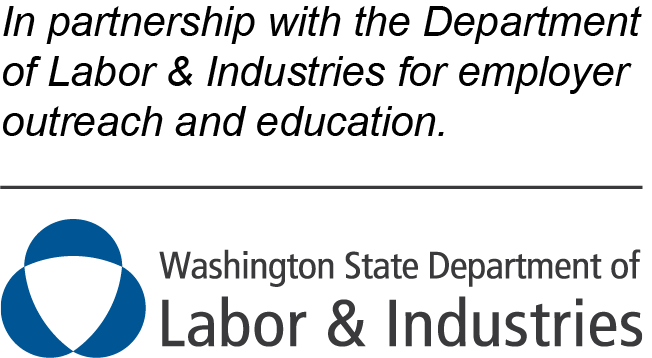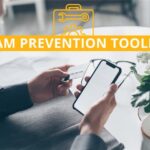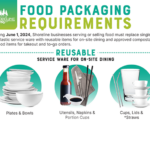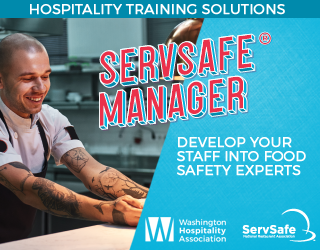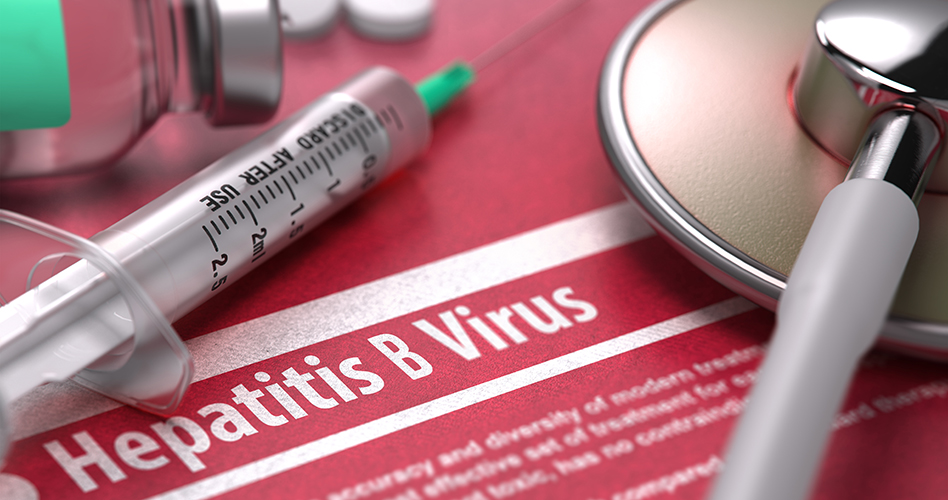
Bloodborne pathogens are microorganisms that can spread from a sick person to others through exposure to blood and body fluids. Hepatitis B and C virus and Human Immunodeficiency Virus (HIV) are examples of pathogens that can cause debilitating health issues and possibly death.
Examples where bloodborne pathogens become a danger at work include:
- Needlesticks from used needles
- Splashes of infected body fluids into the eyes, nose, mouth, or onto broken skin.
- Cuts from contaminated sharps.
Employers must protect employees potentially exposed to bloodborne pathogens and other potentially infectious materials (OPIM) while performing their job. OPIM are body fluids and tissue that can contain bloodborne pathogens.
Employee tasks in a lodging setting that could involve exposure include:
- Taking out trash that may contain sharps or needles.
- Picking up or throwing away used needles.
- Handling laundry that may have blood, other potentially infectious materials on it, or that may contain sharps or needles.
Lodging employers, under the bloodborne pathogen standard, need to:
- Identify employees and work tasks with the potential to expose workers to blood, contaminated needles, or other potentially infectious materials.
- Write an Exposure Control Plan that identifies the jobs with possible exposure to blood or OPIM and explains the protective measures in place to reduce or eliminate the dangers of the exposures identified.
- Train employees about bloodborne pathogen exposures so they are informed about the dangers and how to stay safe. Keep a record of that training.
- Make hepatitis B vaccinations (HBV) available to employees at no cost.
- Make available, record and keep HBV consent and declination forms for your records. Employee must give signed consent for HBV testing or signed declination prior to incident.
- Use work practices controls, personal protective equipment, or other methods to protect employees who have on-the-job exposure to bloodborne pathogens.
- Review the bloodborne pathogens program and exposure incidents annually.
The bloodborne pathogen standard also requires that employers:
- Ensure the use of feasible controls, like tongs or magnetic grabbers, to eliminate or minimize occupational exposure when it is not possible to avoid handling BBP and contaminated items.
- Provide appropriate personal protective equipment and ensure it is properly used and maintained.
When dealing with contaminated items:
- Properly and safely handle regulated waste, including contaminated needles and sharps.
- Handle contaminated laundry properly and safely
- Make sure contaminated items and waste are appropriately labeled
Ensure the worksite is clean and sanitary and employees wash their hands. Should an exposure incident with a BBP occur to an employee, immediate medical care, including post exposure preventative treatments, must be made available per requirements.
L&I’s safety and health consultants can help you understand how to apply this rule to your workplace.
Additional Resources
Washington Hospitality Association

